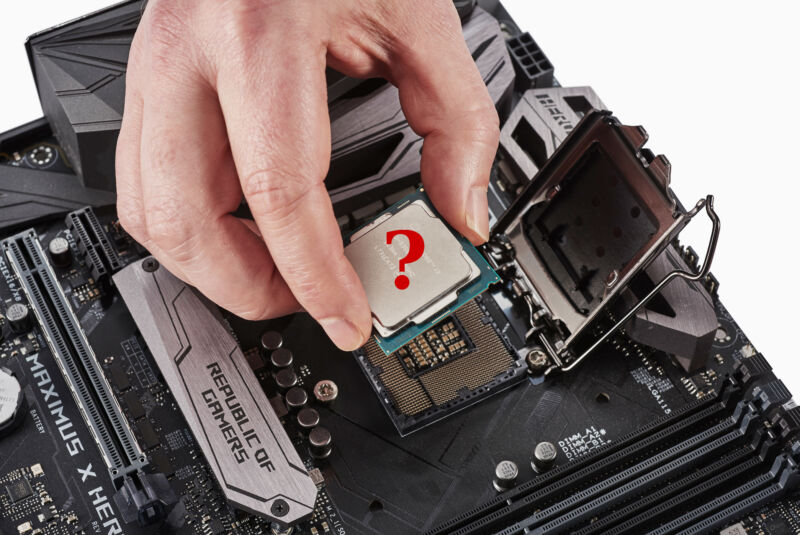
Yesterday, Intel's Q2 2020 earnings report brought more grim news for the company's advanced manufacturing processes. Its next-generation 7nm manufacturing process is now a full year behind schedule, with those parts now scheduled to see the light of day no earlier than late 2022.
Intel’s 14nm barrier
Intel's struggles with 7nm development and manufacturing follow what can generously be described as a less-than-successful transition to 10nm. In March of this year, Intel CFO George Davis described the company's 10nm process (used in its current Ice Lake line of laptop CPUs) as "[not] the best node that Intel has ever had," going on to say that 10nm Intel would be "less productive than 14nm, less productive than 22nm... it isn't going to be as strong a node as people would expect from 14nm or what they'll see in 7nm."
These struggles to get higher clock speeds and better yield rates out of 10nm has forced Intel to continue relying on its aging 14nm process, now so elderly and frequently revised it's often referred to as "14nm++++." The Ice Lake 10nm laptop CPUs are a long way from worthless—due to their higher integrated GPU performance and power efficiency, they're a premium choice for battery-constrained devices. But even in laptops, Intel Ice Lake 10nm competes directly against Intel Comet Lake 14nm, with the highest-performance Intel parts coming from the older process.
When Davis admitted these setbacks with 10nm in March, he held out 7nm as Intel's chance to regain parity with other manufacturers—so this week's news that 7nm has slipped six months further behind is particularly grim. Assuming no further setbacks, this puts Intel's eventual 7nm debut on roughly the same schedule as rival foundry TSMC's projected 3nm parts. (TSMC is one of the world's largest foundries; Intel rival AMD is one of TSMC's customers.)
Intel's nomenclature for process size is a little different from TSMC's—an Intel 7nm process is roughly the same actual transistor density as a TSMC 5nm process. But that distinction, while important, doesn't nullify the projections of Intel being a full process size behind its competition for another entire architectural cycle.
Scrambling for alternatives
With its internal manufacturing so far behind, Intel is beginning to look at "more aggressive" outsourcing strategies. As one of the historically largest and most successful chip foundries in the world, Intel has in the past used third-party fabs for very little of its production. Typically, it's only relied on third-party fabs for cheap, non-CPU products build on older processes.
Given its ongoing struggles with 10nm and now 7nm, CEO Bob Swain says the company is looking at a more "pragmatic" approach to the use of third-party foundries. This might mean more critical components such as GPUs or even CPUs coming from outside Intel itself, with the company's advanced multichip-packaging technologies used to aggregate dissimilar dies into a single package.
Relying on third-party sources for mission-critical parts exposes Intel to a lot of pressures it has previously avoided by keeping things in-house—externally sourcing components may mean shrinking margins and even supply-assurance struggles, with Intel forced to compete with competitors like AMD and Nvidia for production capacity at the same third-party fabricators.
In March, Intel planned to cut short the 10nm production cycle, relying on a rapid deployment of 7nm to regain parity with its competition. But with this week's 7nm setback announcement, it's falling back to making 10nm work—the company now says it will increase its shipment of 10nm CPUs by 20 percent and gain another "full node of performance" from the 10nm process. That means we'll be looking for a 10nm+ before we see a 7nm debut.
Intel's first 10nm desktop CPU architecture, Alder Lake, is expected to come to market sometime in the second half of 2021.
reader comments
346